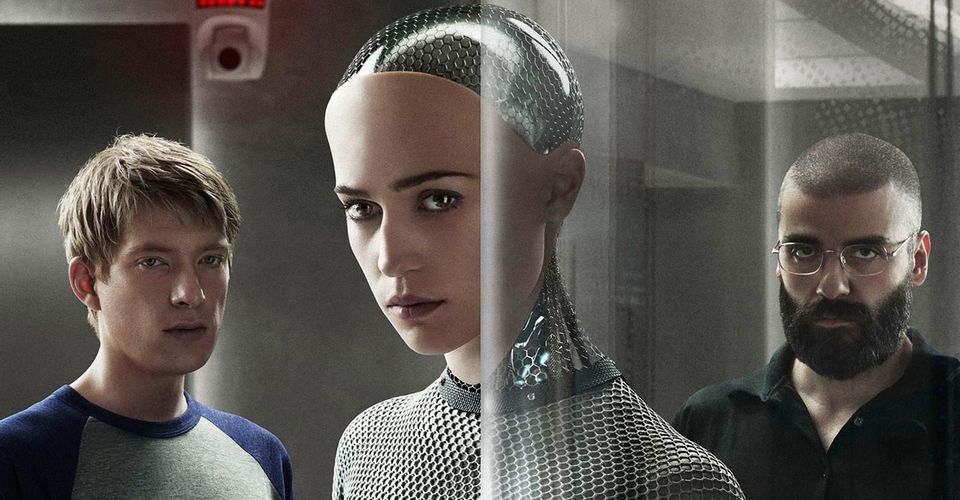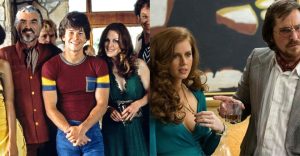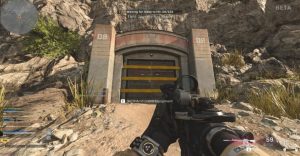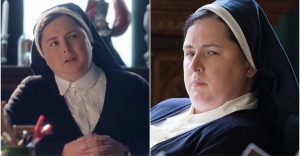To Create Something That Hates You: 10 Behind-The-Scenes Facts About Ex Machina

After years of writing beloved genre hits like 28 Days Later and Dredd, Alex Garland made his directorial debut in 2015 with Ex Machina, one of the most critically acclaimed science fiction movies of the 21st century so far.
Pioneering the cerebral sci-fi movement alongside such thoughtful masterpieces as Arrival, Inception, and Blade Runner 2049, Ex Machina examines issues of artificial intelligence through the Frankenstein-esque story of a reclusive tech genius who designs a flawless A.I. and recruits a contest-winning employee to take part in a Turing test. So, here are 10 fascinating details from the making of Ex Machina.
10 The Idea Originated When Alex Garland Was A Kid

Alex Garland got the first seed of an idea for what would eventually become Ex Machina when he started tinkering with the coding on his computer at the age of 11 or 12 and became convinced that the computer had a mind of its own.
He started developing the idea into a story after a discussion with a friend of his who’s an expert in neuroscience. This friend claimed that a machine could never gain sentience. Garland started reading up on the subject and had an epiphany during pre-production on Dredd.
9 Both Alicia Vikander And Sonoya Mizuno Drew On Their Backgrounds In Ballet For Their Roles In Ex Machina

Alicia Vikander and Sonoya Mizuno, who play A.I.s in Ex Machina, both have backgrounds in ballet. They each brought some of their experience to the graceful, programmed movements of Ava and Kyoko.
Mizuno also got to show off one of her dancing skills — that of shadowing another dancer’s moves — in the unforgettable synchronized dance sequence with Oscar Isaac.
8 The Filming Location Of Nathan’s Remote House Is In Norway

Nathan’s remote house is a gorgeous piece of architecture in the middle of nowhere. The location that the crew used for filming was the Juvet Landscape Hotel in Norway.
It was chosen because it would give Nathan a sense of power. Although it was shot in the Norwegian Valldal valley, Ex Machina supposedly takes place in Alaska.
7 No Green Screens Were Used During Shooting

Despite the many visual effects present in Ex Machina, there were no green screens or tracking markers used during filming. All of Ava’s scenes were shot twice — once with Alicia Vikander and then again without her — so that the backgrounds could be filled in around Ava’s robotic parts.
Vikander’s face and hands were later rotoscoped, with the rest being digitally removed. Doing all the visual effects in post-production allowed for a more traditional shoot with no distractions to the actors’ performances.
6 Oscar Isaac’s Performance As Nathan Was Partly Influenced By Stanley Kubrick

When Oscar Isaac took the role of Nathan in Ex Machina, he was intrigued by the fact that he was a reclusive genius with an air of mystery around him.
Specifically, Isaac modeled his performance after two real-life reclusive geniuses: Stanley Kubrick and Bobby Fischer. In fact, Kubrick served as the inspiration for Nathan’s beard.
5 Despite Starring A Swedish Actor, Ex Machina Didn’t Get A Swedish Release

Despite the fact that it starred a major Swedish movie star in the form of Alicia Vikander, Ex Machina didn’t get a release in Swedish movie theaters.
The reason given for this was that the Swedish exhibitors didn’t think it was a very good movie, and they didn’t believe there was enough potential for theatrical screenings.
4 The Lighting Crew Used 15,000 Tungsten Bulbs To Avoid A Cliched Sci-Fi Look

The lighting team behind Ex Machina didn’t want the movie to have the usual fluorescent look that sci-fi movies have, because they felt that fluorescent light had become sort of a cliché within the genre.
Instead, they used 15,000 tungsten pea bulb lights to give the film’s light a more muted, naturalistic appearance. This helped to give the movie its cerebral feel.
3 Ex Machina Had Around 800 VFX Shots

Tracking systems were attached to the cameras and to Alicia Vikander in order to capture her performance and transfer it onto a CGI android. All in all, the movie contained around 800 visual effects shots, and approximately 350 of those shots (almost half of them) involved these tracking systems.
The non-A.I. visual effects included the blood from Nathan’s stab wound, depicting the inside of the A.I. brains, and showing Ava’s clothing through the transparent parts of her body.
2 Alex Garland Made The Movie On A Shoestring Budget To Ensure Creative Control

Alex Garland was a well-known name in Hollywood long before this movie, as he’d written the screenplays for such films as The Beach and Sunshine, but Ex Machina was his directorial debut.
The first-time director wanted to have complete creative control over the project, and didn’t want to have to add unnecessary action sequences to appease some studio suits, so he made the film on a shoestring budget.
1 Felicity Jones Was Almost Cast As Ava

Alicia Vikander arguably turned out to be the perfect choice to play Ava, as she brought real humanity (and just enough mystery) to an artificially intelligent character. However, prior to the casting of Vikander, the producers strongly considered giving the role to Felicity Jones.
About The Author


















